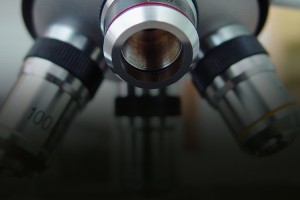
The argument for God’s existence from the appearance of design is known as the “Teleological Argument” (the Greek word, “telos,” means “design”). The argument was first developed by William Paley (1743 – 1805), who argued the intricate, complex, detailed nature of a watch begs intuitively for the existence of a “watch maker”. If we see similar evidence of design in biological systems, doesn’t this also beg for the existence of a biological designer sufficient for the task? Here is one possible formation of the argument:
(1) Human artifacts (like watches) are products of intelligent design
(2) Biological systems and cellular micro-machines resemble human artifacts
(3) It is reasonable to conclude, therefore, biological systems and cellular micro-machines are the product of intelligent design
(4) But, biological systems and cellular micro-machines are vastly more complex and sophisticated than human artifacts
(5) It is reasonable to conclude, then, the designer responsible for such biological systems and cellular micro-machines must be vastly more intelligent and sophisticated than any human designer
(6) God is vastly more intelligent and sophisticated than any human designer
(7) God is, therefore, the most reasonable candidate for the Intelligent Designer responsible for biological systems and cellular micro-machines
It all comes down to this: can natural forces alone (i.e. the laws of physics and chemistry, unguided chance mutation, and the creative power of natural selection) account for the complexity and “appearance” of design cited by so many atheist biologists? The complexity we see in cellular organisms must be attributed to one of three mechanisms (or some combination thereof):
Unguided chance
Physical Law
Intelligent Agency
All of us, regardless of worldview, must account for the appearance of design from one of these three causal factors, and the “burden of explanation” is equally shared. As a theist, it’s not enough for me to point to the insufficiency of naturalism and then default to intelligent agency. I must demonstrate the deficiency of chance and natural law and the positive evidence for intelligent agency (one chapter of my next book is dedicated to this cumulative case for design). The atheist must, however, provide an account for the appearance of design from chance and natural law alone, and the burden of proof is as real for the naturalist as it is for the theist. Purposeful, intentional designs are always the creative product of purposeful intelligent designers. If we find such design features in biology, God is the most reasonable explanation. Share on X

J. Warner Wallace is a Dateline featured Cold-Case Detective, Senior Fellow at the Colson Center for Christian Worldview, Adj. Professor of Christian Apologetics at Talbot School of Theology, Biola University, author of Cold-Case Christianity, God’s Crime Scene, and Forensic Faith, and creator of the Case Makers Academy for kids.
Subscribe to J. Warner’s Daily Email



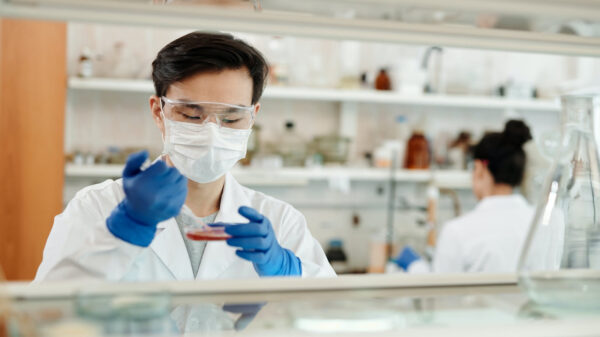

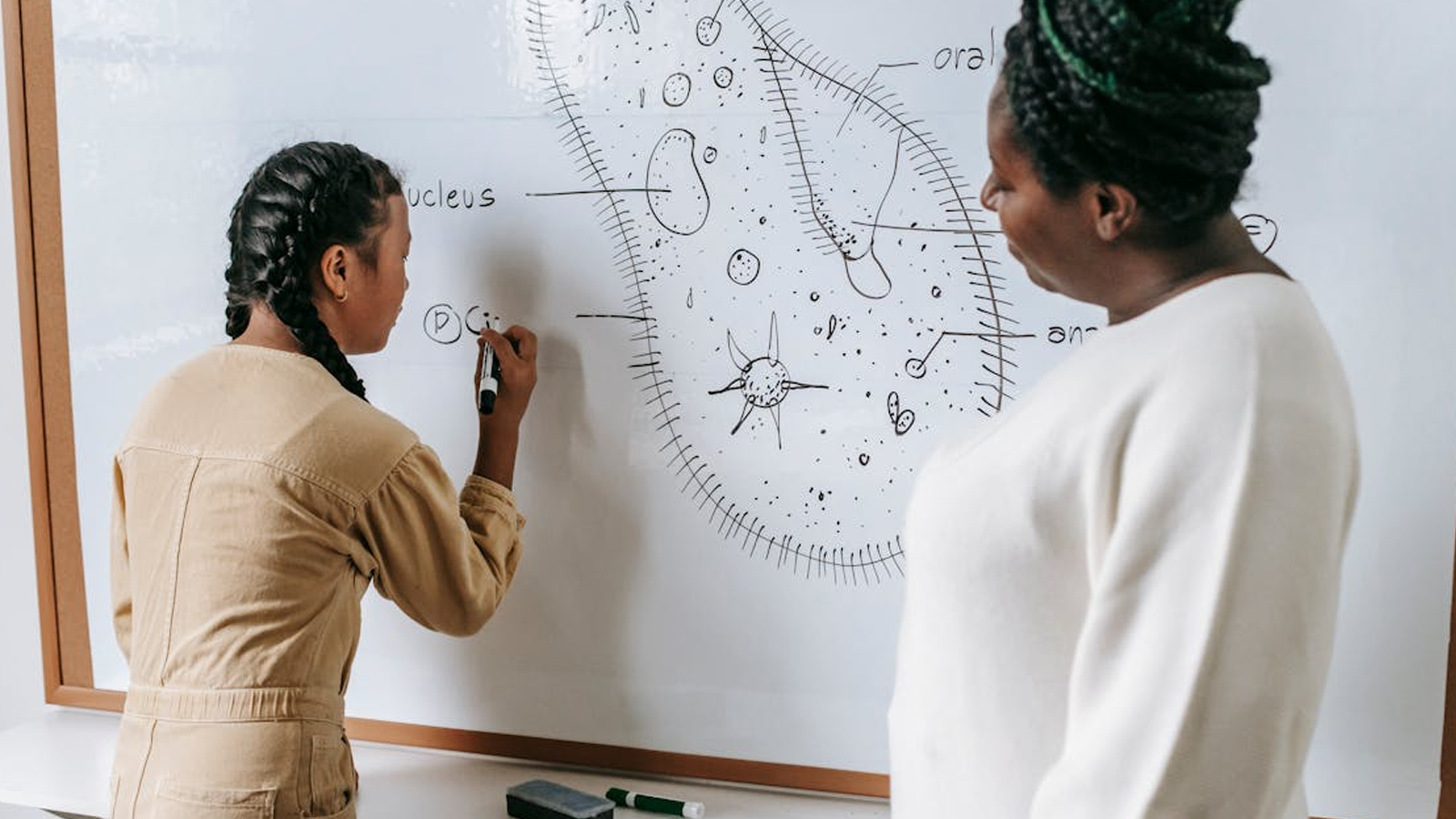
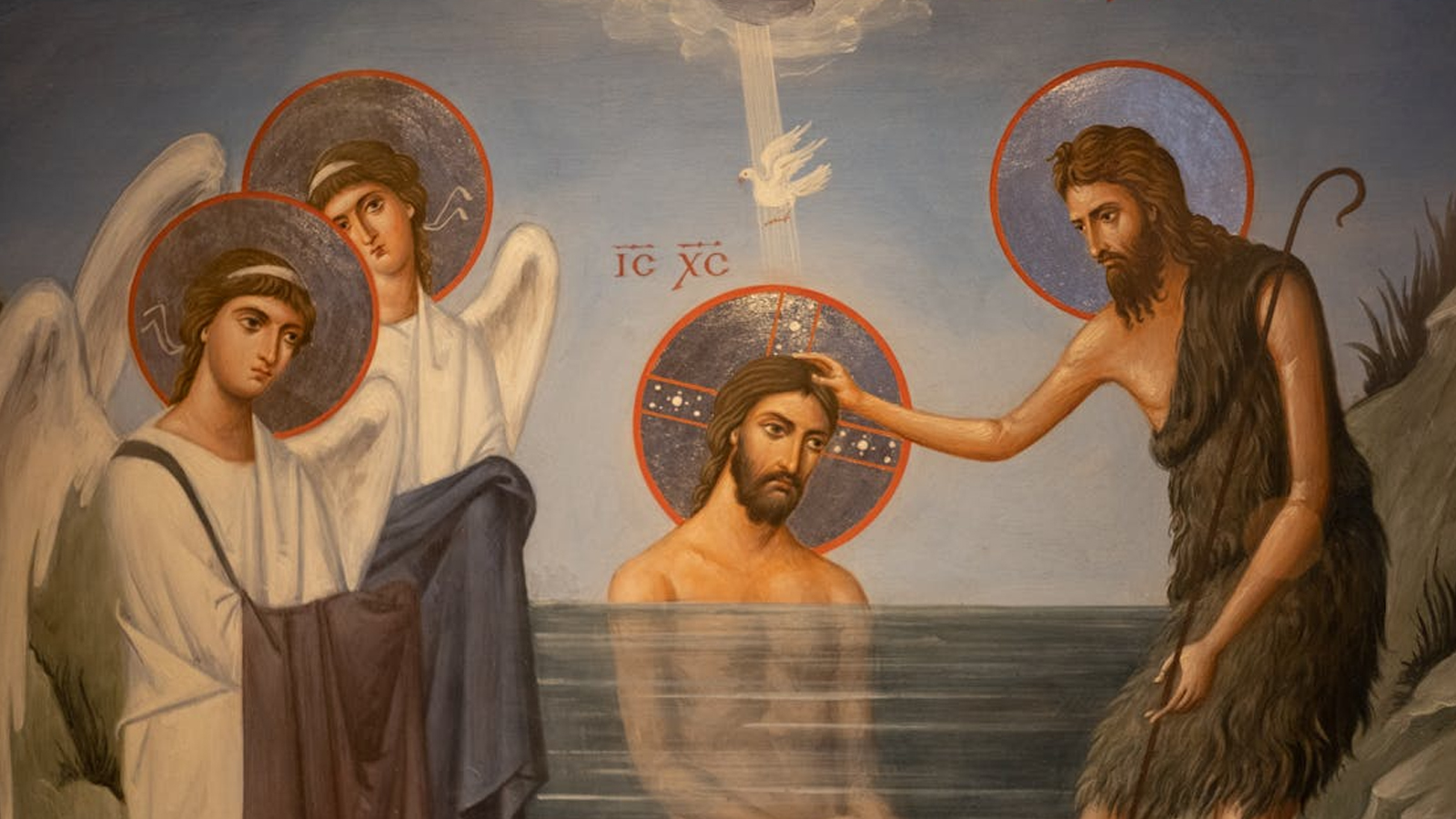






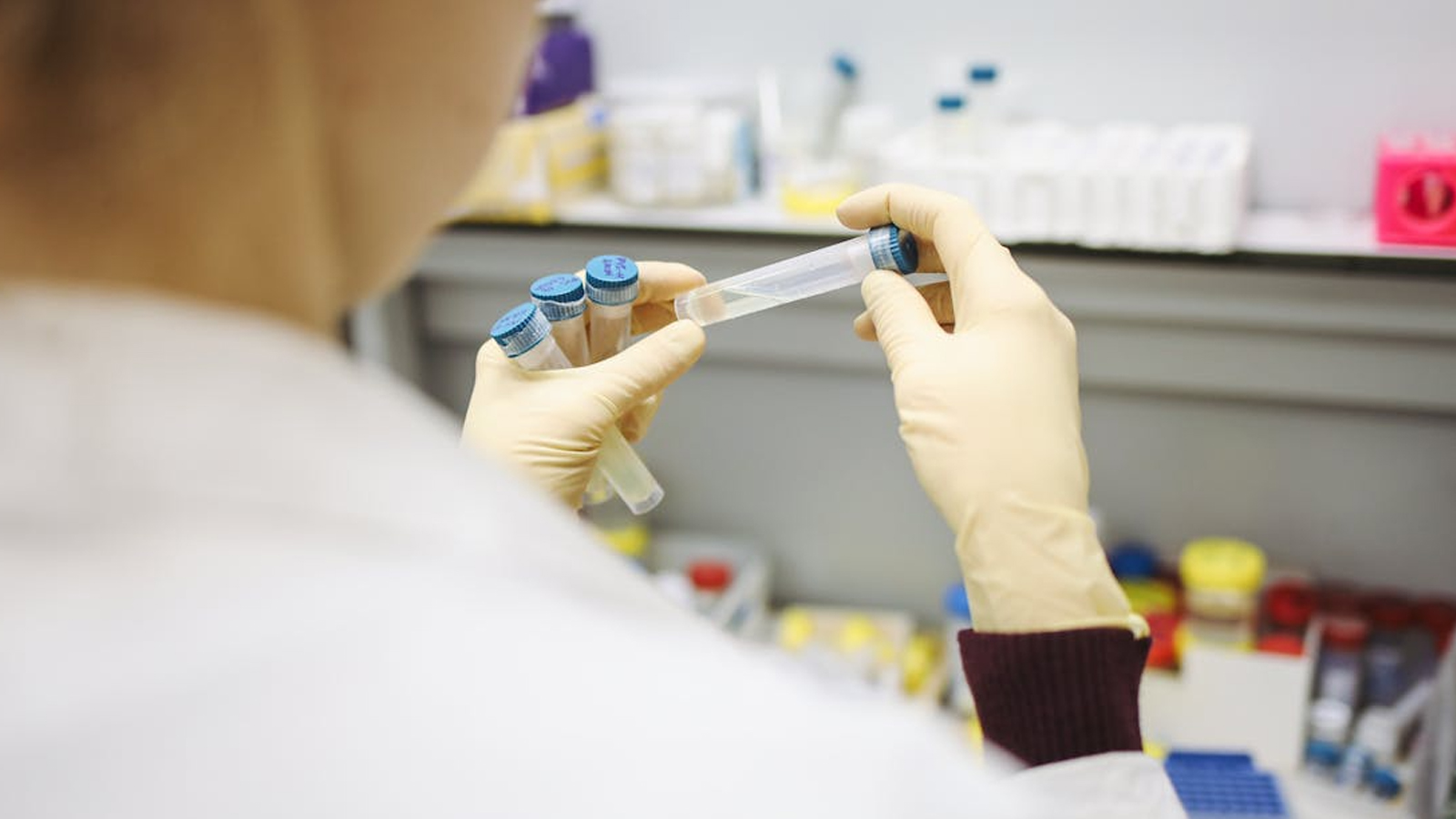



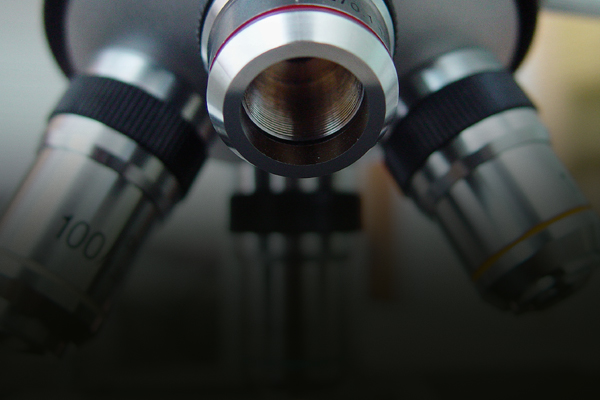





Pingback: Is God Real? The Bacterial Flagellum and the Divine Design Inference | Apologetics.com
Pingback: Is God Real? The Bacterial Flagellum and the Divine Design Inference | Cold Case Christianity
Pingback: Is God Real? The Bacterial Flagellum and the Divine Design Inference | Apologetics ForumApologetics Forum
Pingback: Is God Real? The Divine Design Inference | Anchor Apologetics – Engaging the Church and Culture with Answers from a Christian Worldview
Pingback: Is God Real? The Bacterial Flagellum and the Divine Design Inference | J Warner Wallace | Reasoned Cases for Christ
michael meredith
February 4, 2022 at 9:17 am
the athiests hate that beginning of life research is a complete failure, and that all of the information in biology must have been in that first cell or else where did it come from?
…..Has anyone studied the cellular micro machines and how they relate to the informational universe( the holographic theory)?
michael meredith
February 4, 2022 at 9:20 am
Maybe concentrate more on the dna micro machine and its 3d printer partner creating protiens. This combo is so complicated and could never have arisen spontaneously. The flagellum is also amazing and we cannot make such a thing ourselves so how did it just come into being all by itself?